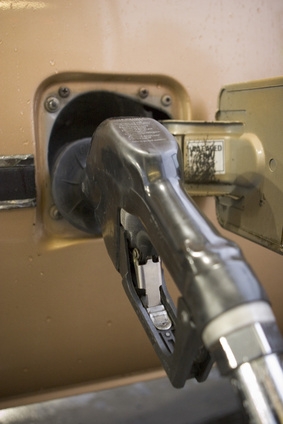
When your fuel gauge reads empty, it doesn't mean there is physically no fuel in your gas tank. Rather, it is the second of two warnings your car will give you to refuel before it runs out of gas.
The first warning your car will give you concerning your fuel level is the low fuel light. This is usually a red or yellow indicator light next to your fuel gauge. The light will come on as your fuel tank approaches empty. This means you should stop to get gas as soon as you can.
When the needle of your fuel gauge hits the E, it means that getting gas is now an urgent matter. Most cars have a fuel tank that's split into a regular tank and a reserve supply. On these cars, when your gauge reads E it means that you are now in your car's reserve. However, there isn't a secondary gauge that tells you how much is left in your reserve. The size of a car's reserve tank varies from model to model, and can be found in your vehicle's owner manual. If your car does not have a reserve tank, hitting the E really does mean your engine will stop working shortly.
While fuel gauges are designed to accurately measure the amount of gas in a car's tank and deliver warnings in a timely manner, over time fuel gauges, like anything else, can wear and need calibration. Consequently, waiting for the fuel light to come on before putting gas in your tank or waiting until you hit your reserve before you refuel will only keep you off the side of the road if your gauge is properly calibrated.